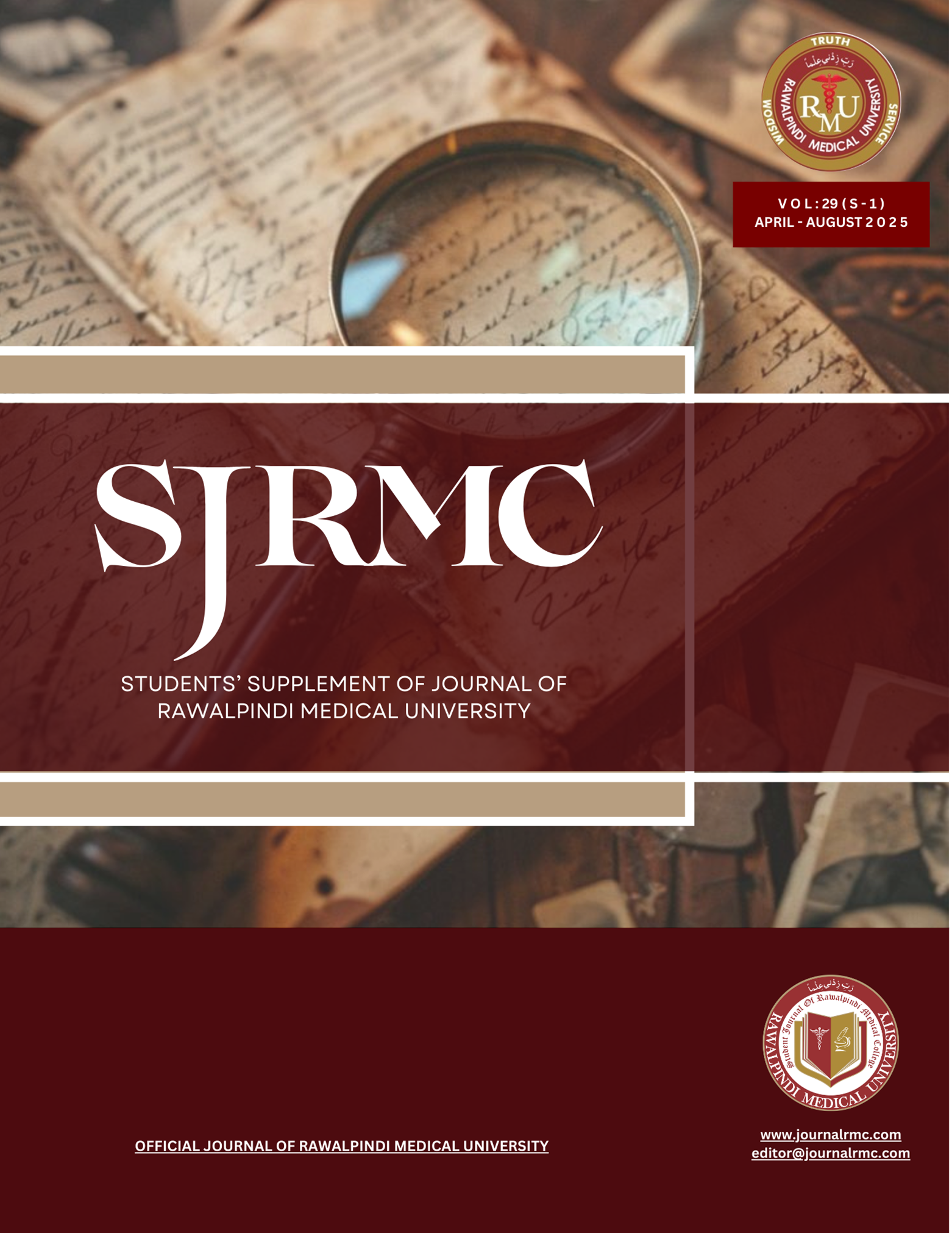Abstract
Background: Cholelithiasis presents differently in adults and children because of distinct etiologies, physiology, and risk factors. While well-documented in adults, its rising incidence in pediatric patients warrants further study. This research compared etiological factors, clinical symptoms, and complications of cholelithiasis between adult and pediatric cohorts.
Methods: A cross-sectional observational study was conducted from January to June 2025 across three tertiary care centers in Hyderabad: Isra Hospital, Civil Hospital, and Khidmat-e-Khalq Foundation Hospital. Using non-probability consecutive sampling, 240 ultrasonography-confirmed patients were enrolled—180 adults (>18 years) and 60 children (<18 years). Data on demographics, risk factors (obesity, hemolytic disorders, family history, diet), clinical symptoms, and complications (cholecystitis, pancreatitis, obstructive jaundice) were collected and analyzed using SPSS v26.
Results: Obesity (65%) and sedentary lifestyle (58%) were predominant risk factors in adults, whereas hemolytic disorders (40%) and family history (33%) were more frequent in children (p < 0.001). Abdominal pain was the most common symptom in both groups (90% adults vs. 83% children). Pediatric patients showed a higher rate of asymptomatic cases (18% vs. 4%, p = 0.003). Adults experienced significantly more complications, especially acute cholecystitis (32% vs. 12%, p = 0.005).
Conclusion: Pediatric cholelithiasis is being diagnosed more often and exhibits distinct etiological patterns with fewer complications than adult disease. Early detection and age-specific prevention strategies are essential to reduce long-term morbidity.
Keywords: Cholelithiasis; Gallstones; Pediatrics; Adults; Risk Factors; Complications; Abdominal Pain

